The Maryhill Museum located near Goldendale, Washington, has a display of Plateau beadwork. The Plateau Culture Area is the area between the Cascade Mountains and the Rocky Mountains in Washington, Oregon, Idaho, British Columbia, and Western Montana. From north to south it runs from the Fraser River in the north to the Blue Mountains in the south. Much of the area is classified as semi-arid. Part of it is mountainous with pine forests in the higher elevations.
 The shaded area on the map shown above designates the Plateau Culture Area.
The shaded area on the map shown above designates the Plateau Culture Area.
European glass beads began to be traded to the Indian nations of the Plateau area in the late eighteenth century. In her entry on beadwork in The Encyclopedia of North American Indians, JoAllyn Archambault reports:
“American Indians incorporated glass beads into their aesthetic and technical systems, and in some places replaced native-made beads with the new trade versions. Beads were strung, sewn, netted, woven, and used as inlay, and these techniques continue to be of primary importance today.”
During the first half of the nineteenth century, most of the glass beads used by Plateau artists were obtained from the Hudson’s Bay Company and other trading companies. According to the Museum display:
“The Hudson’s Bay Company acquired much of its bead stock from select Chinese sources and from British suppliers whose wares came from manufacturers in France, Italy and Bohemia. Prior to 1850, the fur traders’ inventories contained a preponderance of large trade beads and small beads that were blue, white and other colors. The seed beads that are popularly associated with American Indian beadwork first appeared in quantities in the Columbia River region during the mid-nineteenth century. Their arrival encouraged the creation of a new regional style of geometric decoration that adorned clothing, personal accessories and horse gear.”
Two regional styles developed: one which used geometric designs and one which was figurative. Pictorial beadwork often utilized floral designs, horse imagery, and depictions of deer, elk, and birds.
 The man’s vest shown above was made about 1910.
The man’s vest shown above was made about 1910. 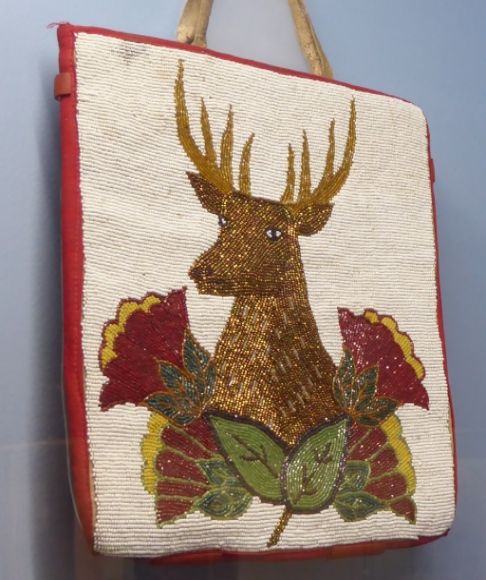 The beaded bag shown above was made in the 1950s by an unknown Yakama artist.
The beaded bag shown above was made in the 1950s by an unknown Yakama artist.  The beaded bag shown above was made about 1920 by an unknown Klikitat artist.
The beaded bag shown above was made about 1920 by an unknown Klikitat artist. 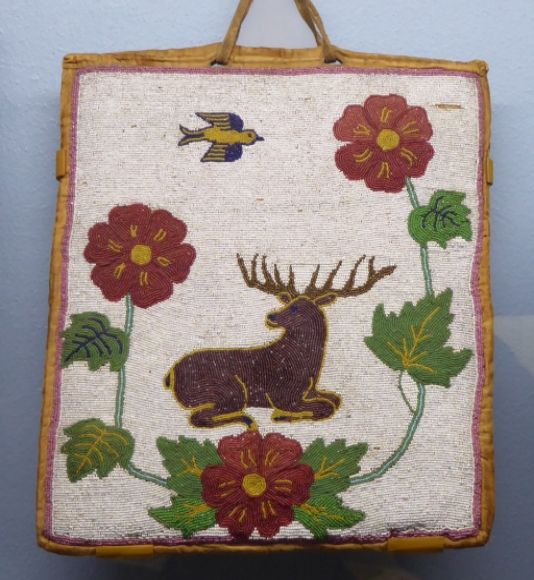 The beaded bag shown above was made about 1880. Both the artist and tribal affiliation are unknown.
The beaded bag shown above was made about 1880. Both the artist and tribal affiliation are unknown. 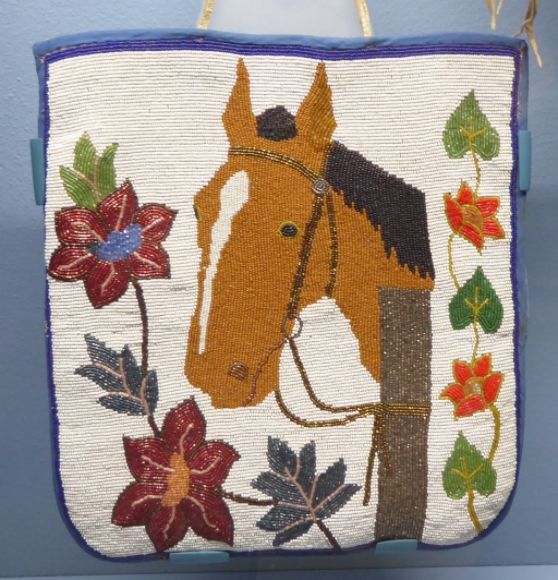 The beaded bag was made in the 1950s by an unknown Plateau artist.
The beaded bag was made in the 1950s by an unknown Plateau artist. 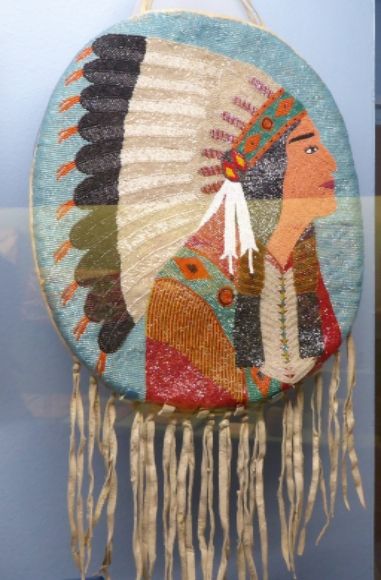 The beaded bag shown above was made in the 1940s by an unknown Yakama artist.
The beaded bag shown above was made in the 1940s by an unknown Yakama artist. 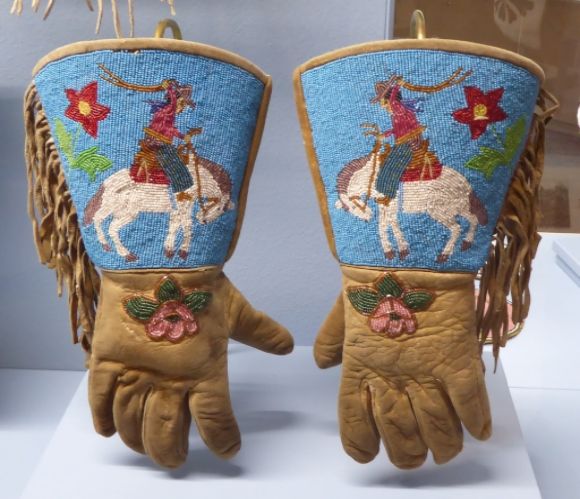 The beaded gauntlets shown above were made in the 1920s by Klikitat artists Lucy and Elsie Kuneki.
The beaded gauntlets shown above were made in the 1920s by Klikitat artists Lucy and Elsie Kuneki. 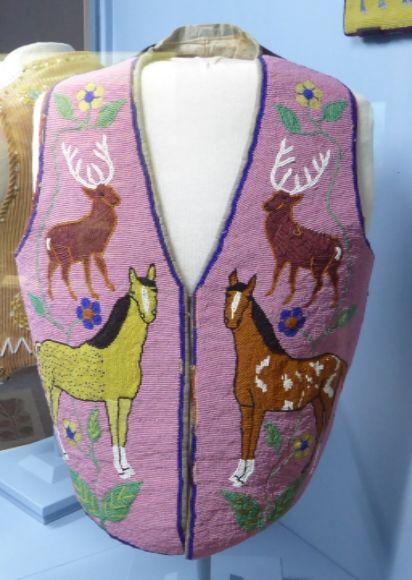 The beaded vest shown above was made about 1920 by an unknown Wenatchi artist.
The beaded vest shown above was made about 1920 by an unknown Wenatchi artist. 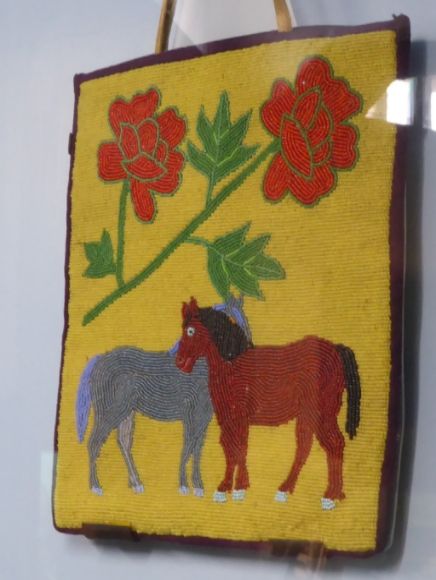 The beaded bag shown above was made about 1920 by an unknown Klikitat artist.
The beaded bag shown above was made about 1920 by an unknown Klikitat artist.
 The beaded bag shown above was made in the 1880s by an unknown Plateau artist.
The beaded bag shown above was made in the 1880s by an unknown Plateau artist.
 The beaded bag shown above was made about 1880 by an unknown Plateau artist.
The beaded bag shown above was made about 1880 by an unknown Plateau artist. 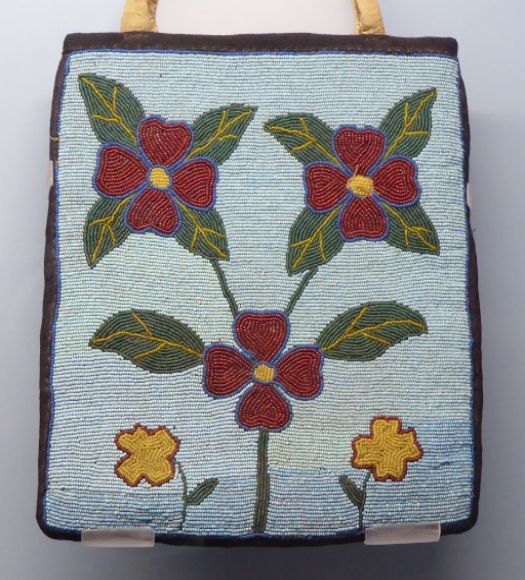 The beaded bag shown above was made about 1880 by an unknown Plateau artist.
The beaded bag shown above was made about 1880 by an unknown Plateau artist. 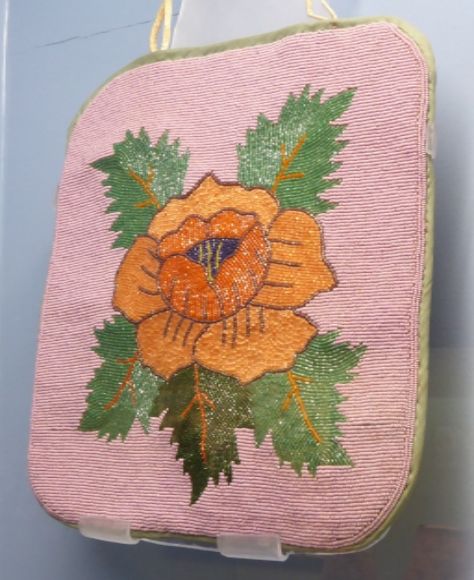 The beaded bag shown above was made in the 1930s by an unknown Plateau artist.
The beaded bag shown above was made in the 1930s by an unknown Plateau artist. 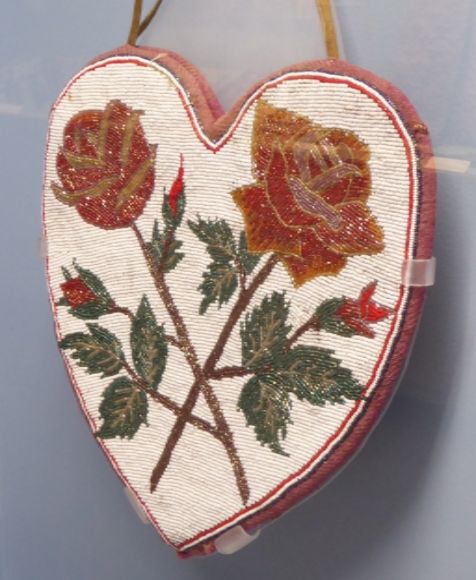 The beaded bag shown above was made in the 1930s by an unknown Plateau artist.
The beaded bag shown above was made in the 1930s by an unknown Plateau artist. 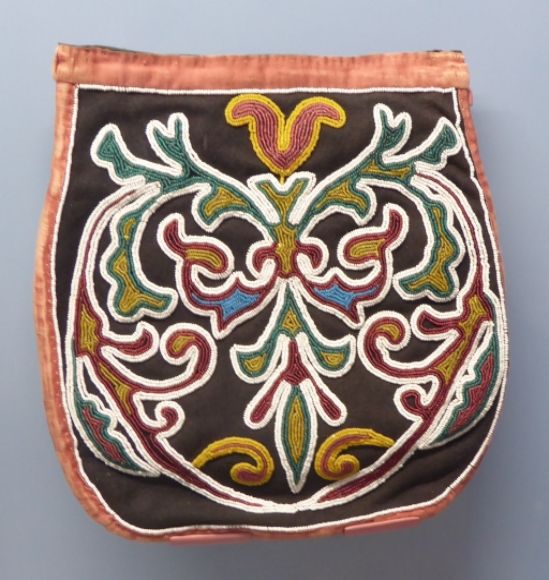 The beaded bag shown above was made in the 1880s by an unknown Plateau artist.
The beaded bag shown above was made in the 1880s by an unknown Plateau artist.  The beaded bag shown above was made in the 1880s by an unknown Klikitat artist.
The beaded bag shown above was made in the 1880s by an unknown Klikitat artist. 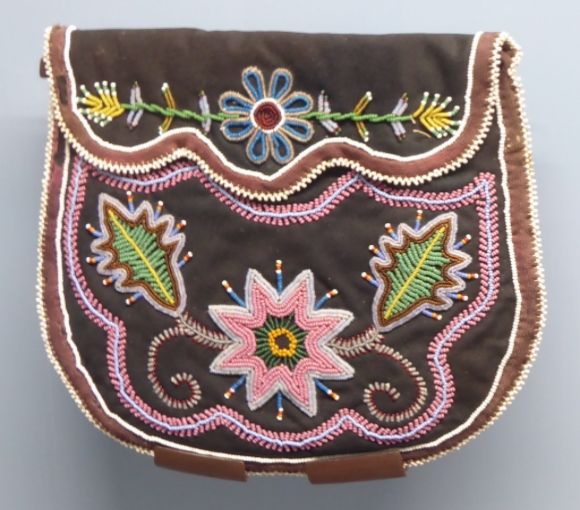 The beaded bag shown above was made in the 1880s by an unknown Plateau artist.
The beaded bag shown above was made in the 1880s by an unknown Plateau artist.  The man’s beaded vest shown above was made about 1910 by an unknown Umatilla artist.
The man’s beaded vest shown above was made about 1910 by an unknown Umatilla artist. 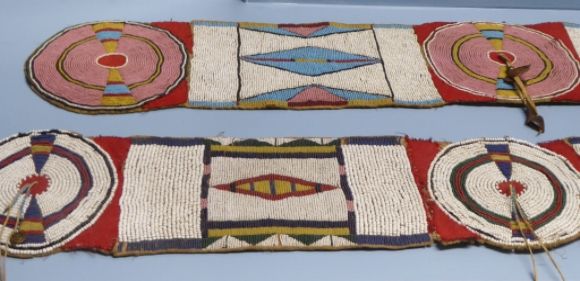
 Shown above are beaded blanket strips made about 1880 by unknown Plateau artists. The two strips shown above were done in “transmontane” style—it is a style shared by Indian nations on both sides of the Rocky Mountains.
Shown above are beaded blanket strips made about 1880 by unknown Plateau artists. The two strips shown above were done in “transmontane” style—it is a style shared by Indian nations on both sides of the Rocky Mountains.
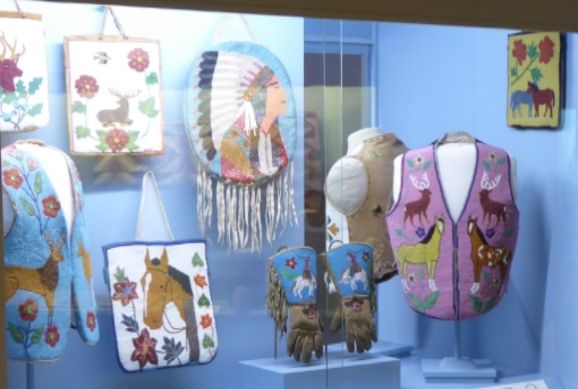
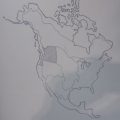
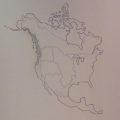
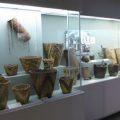
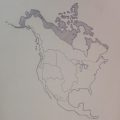
Leave a Reply